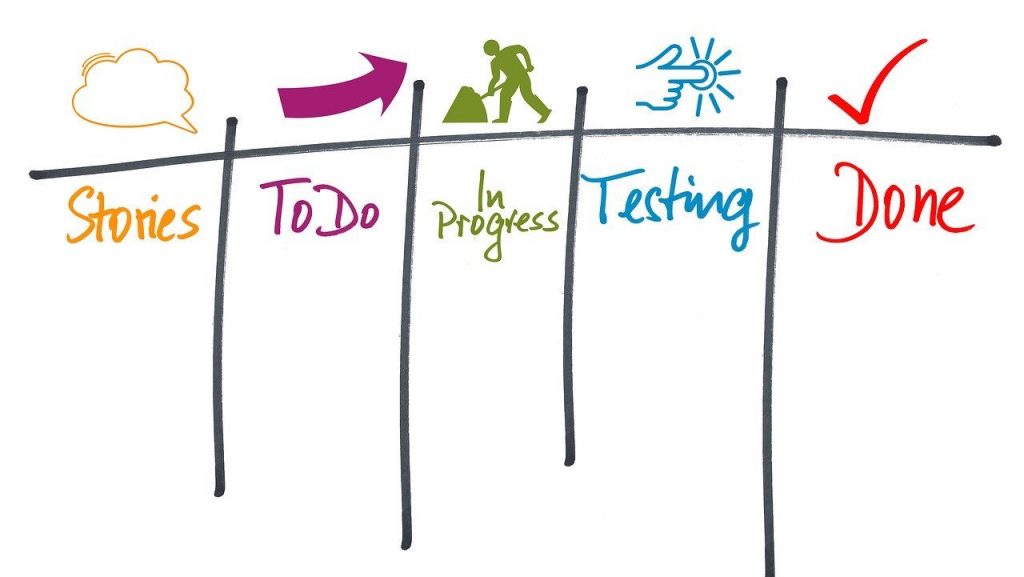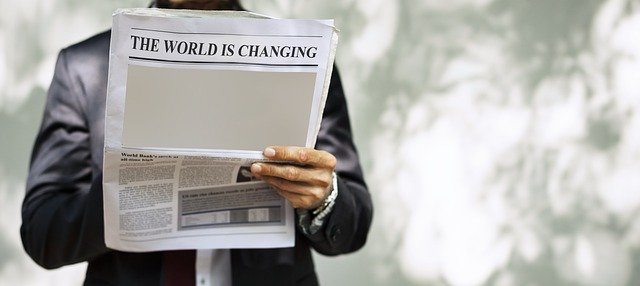Why do we have to sell the idea of ‘inclusive’ publishing to traditional trade publishers?

We can nearly put tourists on the moon. We can build a skyscraper that reaches higher than 820metres, we can get scientists worldwide to work on a vaccine for Covid-19 but I can’t access my favourite picture book in an inclusive format?
What’s with that?
In my opinion, the answer is money. Traditional trade publishers are running a business.
The Trade Picture Book industry is where I have a particular interest. Producing a picture book is an expensive exercise. The market for picture books is small, plus there are more individuals and more expensive materials required than the many other genres of printed publications. This makes picture books a high-risk product for publishers long before we even bring inclusivity and accessibility into the conversation.
Inclusivity has no place in the current linear production model traditional publishers adhere to. The consequence is that inclusivity hidden in the guise of accessibility is a ‘tacked on’ feature at the end of the process to generate e-books gaining an accessible publication tick.

Improvements in technology and software development particularly with the implementation of reflowable ePub3 has significantly aided the growth of the e-book. The ability to transfer large files with greater cross-platform capabilities has also improved the accessibility and production of audiobooks increasing the audible market as well. Certainly, in comparison to 20 years ago, publications are incredibly more ‘accessible’. But accessible doesn’t naturally mean inclusive.
An e-book can’t intuitively translate or interpret it’s content. It requires, just like all online content, clear coding and digital instructions for screen readers and playback software. Ensuring the end reader experiences the book the way it was meant to be read is dictated by image text interpretation, meta-data, and a variety of other well thought and planned controls, which simply cannot be comprehensively achieved as a ‘tacked on’ feature.
Picture books are a whole new ball game again, given that they are in their own right, designed as a visually dominant form of literature for our youngest readers. The illustrations are designed to capture the heart of the story told by the words so that they act together to create a complete audio/visual experience.
A linear model is too constrictive to allow return collaboration with the writer, illustrator, and designer to ensure that the finished inclusive product truly communicates the narrative that the separate components created. Nor do current intellectual property contracts allow for ambiguous continued collaboration beyond their independent contributions to the book. A change to workflow means greater overhead costs, and increasing the creative participation of the involved creatives increases costs and potentially lowers royalties further.
As it currently stands publishers usually only see $1 or less profit from every picture they sell. Convincing them that they should invest that single dollar in adjusting their workflow with no promise that there will be a return on investment is a hard task, but not impossible!
How? Money!

Not so long ago many traditional publishers increased printing costs by switching to sustainable and recycled paper. The consumer applauded and while the retail price increased slightly, sales didn’t falter. New savvy ethical motivation saw loss turning back to profit.
Inclusive publishing requires nothing more than new savvy ethical thinking investment, and the monetary returns will come. In some circles, I believe it’s called innovation!
The target market for inclusive books might look small at the moment but if you expand the possibilities from what readers need to what readers want the size of the market is potentially immense. Imagine for a moment if we could improve early literacy in dyslexia simply because all of a sudden children could choose ‘how’ they read, and access those formats as easily as they could a print book. There’s anywhere between 5-10% of people and up to 17% depending on what google search pulls out who have dyslexia. Statistics for low vision and blindness are harder to find and range from 2-3%. 10%-15% of people is not to be sneezed at as a potential market. Throw the ability to translate to any language in the mix and you are suddenly looking at a larger market than traditional publishers currently have access to with traditional print.
Consider further as technologies improve so too does our awareness of what we can achieve with it, what freedoms it can generate, what improvements can be gained. In many ways, inclusive publishing is an almost open-ended possibility. Today inclusive publishing is endeavoring to improve ‘X’ while tomorrow we might discover we have also achieved ‘Y’. The benefit also being improved literacy amongst communities we never imagined.

Developments bring change, change demands innovation, innovation breeds productivity, and productivity generates profit. Worrying about how much it will cost is unproductive. Looking at workflow and process that builds in inclusivity from inception is an achievable and definitive first step.
When it comes to producing a book that is born accessible and truly inclusive it demands a circular collaborative process. Every creative individual involved in the development of the product is vested in the publication’s inclusive end reader experiencing their input. For a picture book, this includes the author, illustrator, designer, coder and publisher all constantly collaborating to ensure that their contribution is translated into the inclusive format as clearly and equitably as possible. Publishers like Macmillan Learning, Kogan Page, and John Wiley and Sons are already experimenting with modified workflows to produce best practice outcomes at a viable expense. It should not be the burden of the publisher alone, rather an assumption of all parties that it is part of their contribution. By incorporating the requirements of inclusion and requiring the continued collaboration throughout is, in fact, a cheaper long term process and the methodology of a stronger result than the current tacked on approach.
The history of innovation shows that it’s hard work, that isn’t cheap, but where it has improved lives the monetary benefit is substantial. And if we look at inclusive publishing through the eyes of the business-minded traditional publisher then inclusive publishing does make sense. So much sense that they should be fighting to be the leaders in this new frontier.

It makes so much sense that next time I write I’ll be touching the moon from the skyscraper and reading a book from my watch as I get my COVID-19 vaccine. Better get to work on that new business model then!
Whilst I have made no specific references to articles here I have garnered ideas and data from the following places as well as a previous blog on ‘What is Inclusive Publishing‘:
- https://profile.id.com.au/australia/language
- https://www.maverick-os.com/the-maverick-accessibility…/
- https://www.spelfabet.com.au/research/literacy-statistics/
As well as the very relevant aipi.com.au

